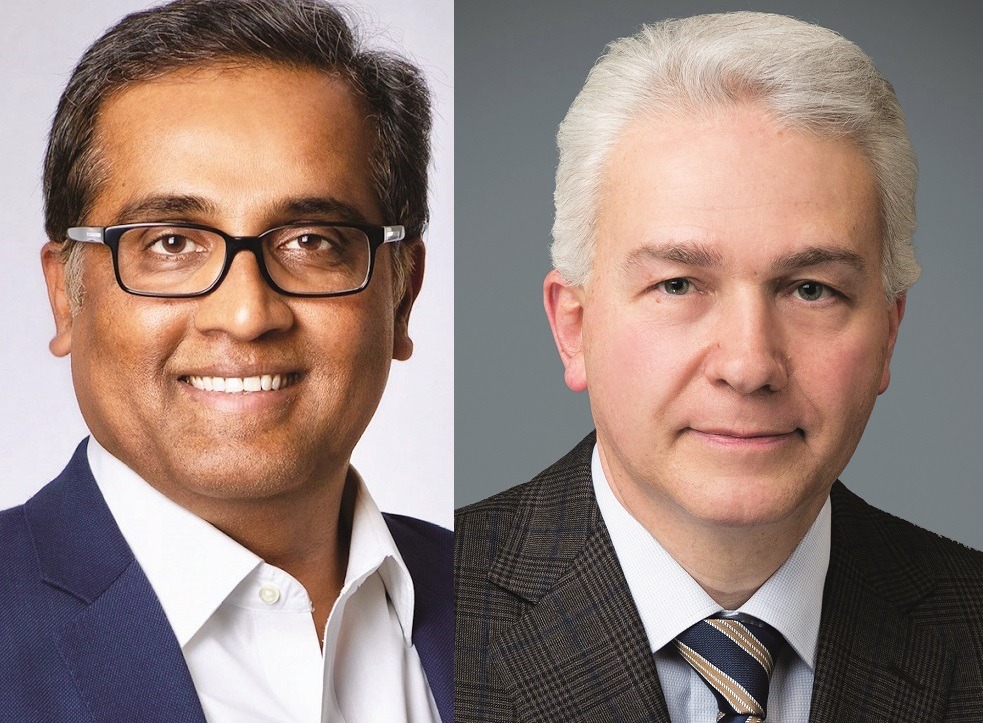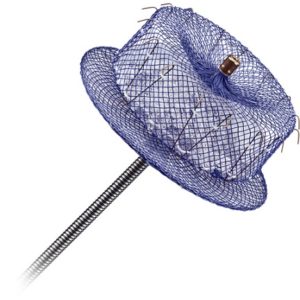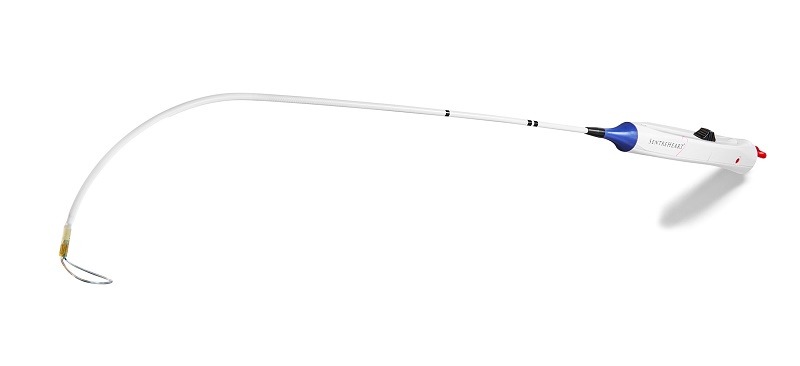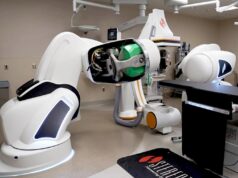
Leading electrophysiologists have pinpointed four clinical studies due to report findings in 2020—AMULET IDE, aMAZE IDE, PULSED AF and CEASE AF—that they expect to shape practice in the treatment of cardiac arrhythmias this year.
Dhanunjaya Lakkireddy (chair of the American College of Cardiology Electrophysiology Council, and executive medical director, Kansas City Heart Rhythm Institute, Kansas, USA) and Andrea Natale (executive medical director at the Texas Cardiac Arrhythmia Institute, St David’s Medical Center, Austin, USA) both spoke to Cardiac Rhythm News about the trials that they will be following closely this year.
Lakkireddy identified the AMULET IDE and aMAZE IDE trials as being “eagerly awaited” by cardiologists; both are expected to complete follow-up and report by the end of this year.
AMULET IDE will compare the safety and effectiveness of the Amplatzer Amulet (Abbott) left atrial appendage (LAA) occluder in patients with atrial fibrillation (AF) compared to the Watchman endocardial occluder (Boston Scientific). Lakkireddy said that the study offers the prospect of bringing in “another important LAA management tool” for AF treatment. He pointed out: “There are important design differences and anatomic eligibility issues. Historically AF ablation has not made significant strides in improving the overall success rates in non-paroxysmal AF patients.”

Also expected in 2020, aMAZE will evaluate the Lariat suture delivery device (AtriCure) for LAA exclusion adjunctive to pulmonary vein isolation (PVI) catheter ablation for the treatment of persistent and long-standing AF. Lakkireddy commented that the research “has the potential to bring about a paradigm shift in the management of non-paroxysmal AF patients”, adding: “Epicaridal Lariat ligation of LAA results in mechanical and electrical isolation of the LAA. This not only helps eliminate the electrical triggers but also can debulk the LA and eliminate the thrombus reservoir in AF patients.”
Natale, a pioneer in AF ablation, told Cardiac Rhythm News that the PULSED AF and CEASE AF studies will be among the key research reporting in 2020.
PULSED AF—Pulsed field ablation to irreversibly electroporate tissue and treat AF—Natale said, would offer first in-human insights into clinical safety and efficacy of the pulsed field ablation system. “In the porcine model, this system was reported to produce consistent transmural lesions without producing significant heating and unintended injury to the surrounding tissue, which is a well-known safety challenge of many hyperthermal ablation technologies,” he said.

Highlighting the possible impact of the research on the treatment of cardiac arrhythmias, Natale said that it offered the prospect of being “the future of the ablative therapy in cardiac arrhythmia”. He commented: “With extremely fast energy delivery (milliseconds compared to minutes with standard radiofrequency ablation) and the reported ability for tissue-selective ablation, pulsed field ablation seems to hold a lot of promise in terms of safety. Moreover, in the animal model, durability of the lesions was demonstrated.”
CEASE AF is a randomised trial investigating the optimal treatment of persistent and longstanding persistent AF by comparing two ablation approaches: endoscopic epicardial surgical ablation (first stage) combined with endocardial catheter ablation (second stage), and; standard catheter ablation with pulmonary vein isolation (minimum lesion set) and optional additional lesions.
Natale commented that the study would show the relative efficacy of the hybrid procedure compared to the standard endocardial catheter ablation. He explained that LAA is a “frequent” source of ectopic triggers, driving arrhythmia recurrence in non-paroxysmal AF patients, while the risk of thrombus formation and subsequent thromboembolic events in the brain is high following electrical isolation of LAA. By addressing the arrhythmogenic and thrombogenic properties of the LAA, Natale suggested, “the hybrid procedure would have the potential to be considered as the index ablation procedure in non-paroxysmal AF patients with superior ablation-outcome and no thromboembolic complications.”









